Northfield’s Trinitarian Congregational Church marks 200th year, looks to continue its ‘living legacy’
| Published: 05-01-2025 9:34 PM |
As Northfield’s Trinitarian Congregational Church celebrates its 200th anniversary this year, longtime and returning members were given the chance to reflect on the institution’s beginnings and how it has changed with time.
Local historian and Northfield native Joel Fowler, presenting a 90-minute program at the church in March, guided the 65 attendees through two centuries of reverends, rebuilds, scandals, school programs, fires and, of course, evangelist Dwight L. Moody.
Fowler traced the church’s beginning across an ocean to the Church of England. According to the historian, congregationalism budded from a Calvinistic group within the church that aimed to remove any signs of the Roman Catholic Church.
Many of these nonconformists traveled to the colonies, where local church members governed the settlements instead of kings or bishops. This structure solidified congregationalism’s identity as a tradition founded by people who “guarded the right of the congregation to administer its own affairs, select its own leaders, and allow each member a say in the governance of the church,” according to the Congregational Library & Archives website.
For pilgrims living in Northfield in 1673, “There was one church, and it was the Congregational Church,” Fowler said.
However, the belief system behind the Trinitarian Congregational Church took shape later when Unitarianism spread throughout New England. Fowler defined this tradition as “the basic belief that there’s no indication in the Bible that Jesus was God himself, but that he was a great man and a prophet, maybe even supernatural.” The leader of the church in Northfield at the time, Thomas Mason, resisted these Unitarian views, and broke off to form the first congregational association in 1825.
These “dissenters,” as Fowler referred to them, elected officials and first met either in a schoolhouse or an empty store, until laying the cornerstone of its first meetinghouse on Nov. 22, 1828. According to “All About Northfield,” which was written by Arthur Percy Fitt in 1910, the group outgrew the building and built a new church in 1829, the Trinitarian Congregational Church of Northfield.
Moody’s name pervaded Fowler’s presentation, his footprints speckling the church’s history.
Article continues after...
Yesterday's Most Read Articles
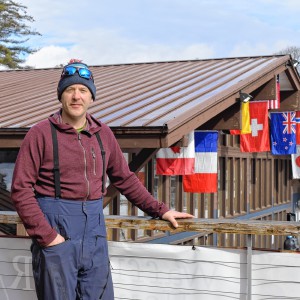 Berkshire East owner takes over Burke Mountain ski resort in Vermont
Berkshire East owner takes over Burke Mountain ski resort in Vermont
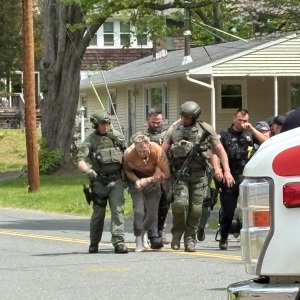 Greenfield man faces home invasion, assault charges in Elm Street standoff
Greenfield man faces home invasion, assault charges in Elm Street standoff
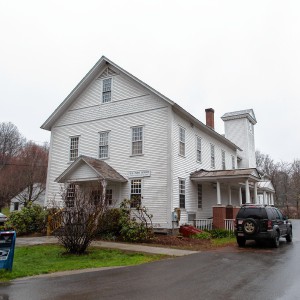 Rowe Selectboard race questioned after campaign miscues
Rowe Selectboard race questioned after campaign miscues
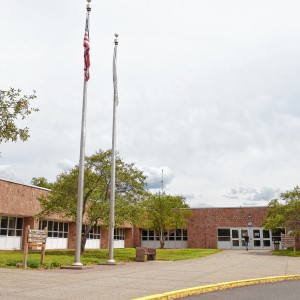 State board agrees on vocational school admissions reforms
State board agrees on vocational school admissions reforms
 HS Roundup: Raine Wonsey strikes out 18, hits home run in Frontier softball’s 4-2 win over South Hadley (PHOTOS)
HS Roundup: Raine Wonsey strikes out 18, hits home run in Frontier softball’s 4-2 win over South Hadley (PHOTOS)
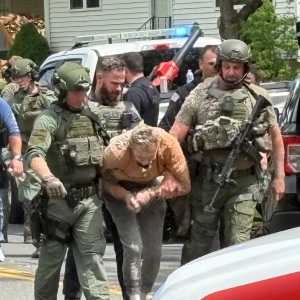 Police remove Greenfield man from Elm Street house after 6-hour standoff
Police remove Greenfield man from Elm Street house after 6-hour standoff
According to Fowler, the famed evangelist and Northfield native first found religion in 1855 while working at a shoe store in Boston. Inspired, he started Sunday School and traveled to the British Isles to meet the “great divines” whose religious teachings first enlightened him.
During his tours, Moody traveled with singers, including Pennsylvanian composer and singer Ira D. Sankey. With Sankey’s gospel music and his charisma, Moody cultivated a crowd. His fans believed his non-denominational preachings, following him on his tours in the U.S. and abroad.
“The tents kept getting bigger and bigger and bigger, until you could hold about 3,000 people under a tent,” Fowler explained. “It’s like a traveling circus.”
When Moody returned to Northfield in 1875, his fame transformed the town into an epicenter for enlightenment. Fowler said the celebrity led a few large meetings at the Trinitarian Congregational Church in 1852. Four hundred visitors crammed into the old building, forcing Sankey to play his hit, “The Ninety and the Nine” on a portable organ from the front lawn.
Hoping to shape the minds of future generations with his message, Moody also opened the Northfield Seminary for Young Ladies in 1879 and the Mount Hermon School for Boys in 1881. The two institutions later merged to form Northfield Mount Hermon School.
Northfield hosted summer conferences for Moody and other speakers until the toll of World War II, Fowler said. The historian described discovering photographs of college students camping out on Moody’s campuses waving Harvard, Yale and Princeton banners.
The historian believes Moody enchanted his fans with the sweet simplicity of his ideas.
“He didn’t get hung up on theological details,” Fowler said. Instead of focusing on the affiliations of his followers, Moody stressed unity and the Holy Trinity. “Let’s get it together and come together, and let’s get down to what the real mission is,” Fowler said in Moody’s voice.
Moody’s magnetic name is what led the majority of the Trinitarian Congregational Church’s ministers to Northfield.
While Fowler highlighted the contributions of these “friends of Moody’s” to the evolution of the church, he also explored their pitfalls.
The historian described Cyrus Scofield as, “To my thinking, the most famous, if not infamous, pastor to ever be settled in Northfield.” According to Fowler, the minister served in the late 1800s after working as a lawyer in Kansas in 1870 and breaking into politics.
At a young age, Scofield was appointed U.S. District Attorney in Kansas with the help of a senator “he secretly helped to elect,” according to Fowler. However, Scofield was quickly kicked out for fraud.
Scofield then ran off to St. Louis, opened a law office and wrote bad checks against his widowed sister’s name when he ran out of money. He tried to flee but was arrested in Wisconsin and later indicted for two or three cases before being discharged.
Amid the chaos, Fowler said Scofield converted to evangelical Christianity and campaigned with Moody and Sankey, first in Chicago and later in Northfield. During an annual meeting on Jan. 15, 1896, the church voted Scofield as pastor.
Fowler said Scofield, a “heavy drinker,” represented many men with rocky pasts whom Moody charmed with his shiny calling. The historian explained, “Moody saw the light, and he tried to bring the light to other people.”
Other honorable mentions in the church’s long history include Silas Parsons Cook, who founded several youth programs and established the four focuses of the church: preaching and testimony, Bible study, missionary work and young people’s work.
Through Fowler’s slides, attendees also met C.C. Duncan, a member in the late 1800s and a skipper. According to Fowler, Duncan captained a pleasure trip to southeastern Asia. On his ship, Mark Twain wrote letters about his journey, pages later bound into his bestseller, “The Innocents Abroad.”
Crunched for time in his presentation, Fowler skipped ahead to the late Rev. Lloyd E. Parrill, the beloved minister who served the longest tenure of 35 years.
After introducing Parrill, Fowler clicked to the next slide. Photographs of flames from a January 1978 fire lit up the screen. A wave of gasps from attendees rippled through the church.
“You probably remember that event,” Fowler said with a frown.
During the reception, longtime member and Northfield native Martha Morse, 84, said she remembered her friend calling at around 9 p.m. Morse picked up the phone to, “Our church is burning.”
“I walked down the street with my two kids and my husband, and we all came down and watched the church burn,” she said.
Chesterfield resident Leslie Kellogg, 60, said she remembered watching the ferocious flames through the windows of her house.
The next morning with smoke still in the air, members of the congregation worshipped in Sage Chapel, their new building for 21 months until the church was rebuilt.
“We didn’t even miss a beat,” Morse said. “The choir still sang.”
Like many other attendees, Morse and Kellogg grew up in the church. A singer in the choir since she first arrived in 1971, Morse drove her children to Sunday School at the Trinitarian Congregational Church. Kellogg and her kids were baptized in the church. She took Parrill’s first confirmation class and her son took his last.
“It definitely feels like a family,” Kellogg stressed.
Another attendee, Northfield native Alice Lord, 75, roller skated with the church’s youth group as a child. As a teen, she played an angel in the Christmas pageant.
“We all wore these long, long dresses,” she remembered. “That was kind of like graduating.”
When Kellogg looked out at the church pews in third grade, she remembered counting 140 to 170 people. With Sunday numbers now in the 30s, she and Morse hope celebrating the church’s evolution will honor longtime members and draw more visitors through the door.
“We want to be able to serve the people who have been here and for whom the church has meaning over many generations,” Morse stated. “We also want to be able to meet the needs of young people.”
The two are spearheading the 200th anniversary festivities, which will continue with a tag, plant and bake sale in May, a barbecue in July, a commemorative worship service in September and two concerts in the fall. The festivities will end with a November fair.
With each event, Kellogg and Morse want to continue the organization’s “living legacy,” as Fowler described.
“Yes, those people are gone, but more people came in,” Kellogg said.

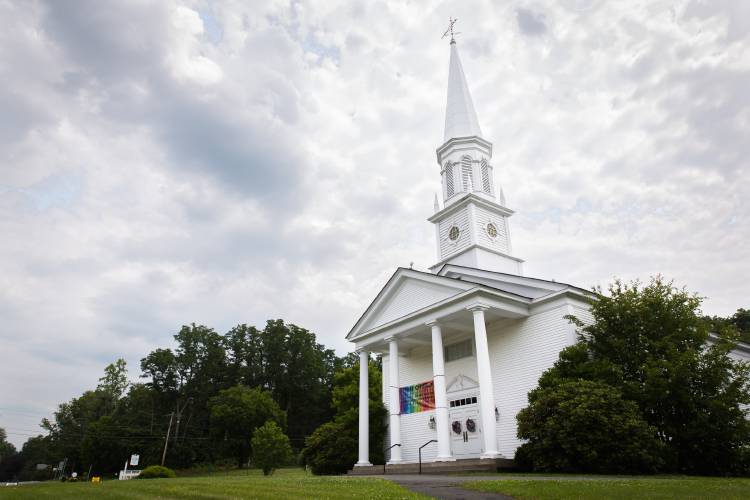
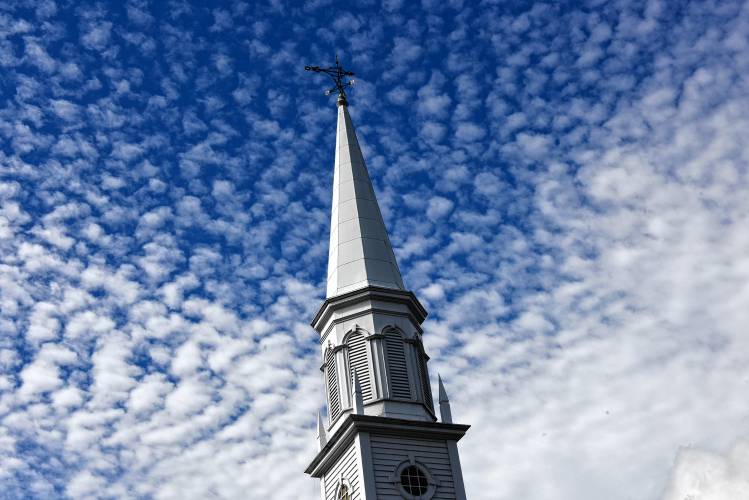
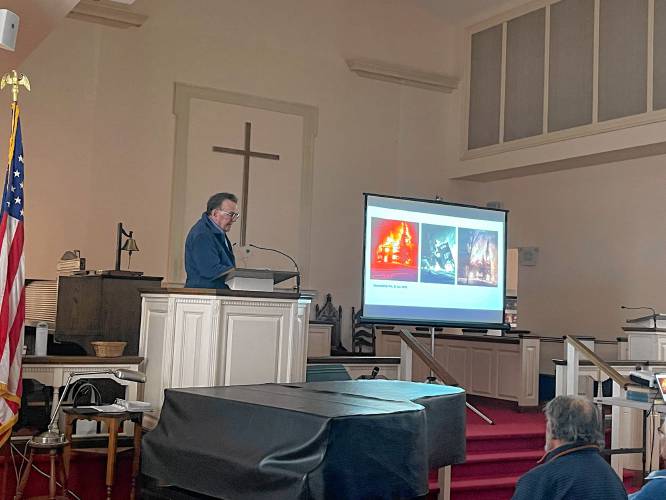
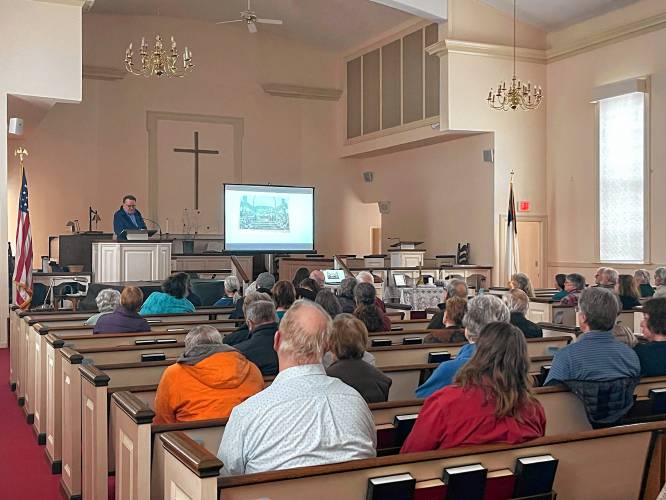
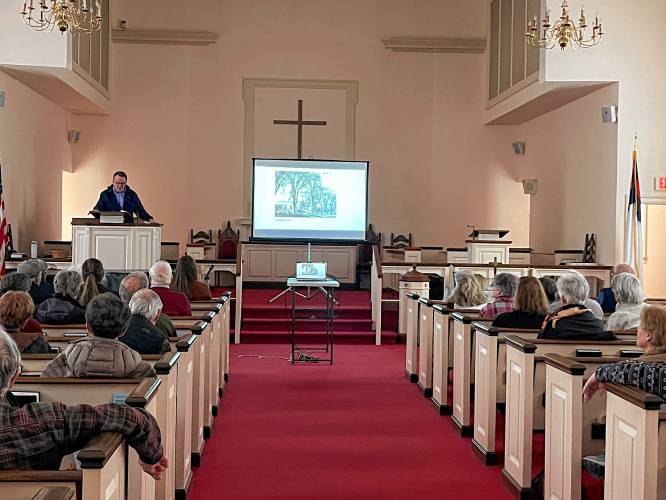





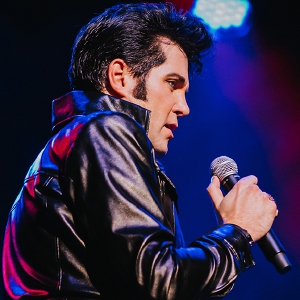 Sounds Local: Viva Las Vegas: Travis Ledoyt brings 1970s Presley show home to Greenfield this Saturday
Sounds Local: Viva Las Vegas: Travis Ledoyt brings 1970s Presley show home to Greenfield this Saturday Speaking of Nature: Celebrating 28 years of Speaking of Nature: A new resolution for the future of my bird-watching
Speaking of Nature: Celebrating 28 years of Speaking of Nature: A new resolution for the future of my bird-watching In asparagus season, try Eggs Beatrice: The story behind one of the most popular brunch dishes
In asparagus season, try Eggs Beatrice: The story behind one of the most popular brunch dishes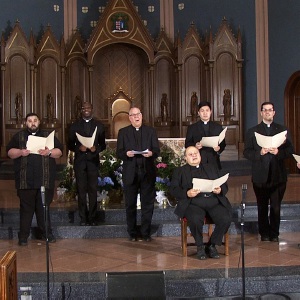 In heavenly harmony: The Singing Priests to perform at Our Lady of Peace in Turners Falls, May 22
In heavenly harmony: The Singing Priests to perform at Our Lady of Peace in Turners Falls, May 22
